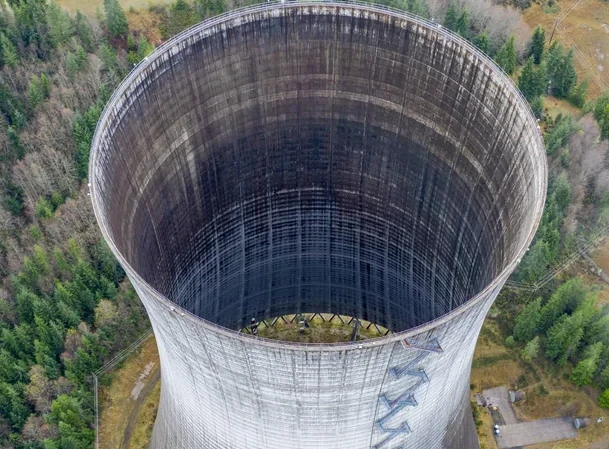President Donald Trump unveiled a budget for the 2026 fiscal year that proposes deep cuts to scientific research, environmental protection, and clean energy. The plan includes slashing $15 billion in renewable energy and carbon capture funding, cutting nearly $18 billion from the National Institutes of Health (NIH), and halving the Environmental Protection Agency’s (EPA) budget. Critics say the proposal reads like a direct attack on climate action and civil rights.
Accusations of Racism and Anti-Science Rhetoric
Gretchen Goldman, president of the Union of Concerned Scientists, condemned the proposal, saying it is “laced with racist, anti-science, petty, and cruel language.” Budget lines targeting minority support programs like the Economic Development Administration and the Minority Business Development Agency describe racial equity efforts as subsidies for “idealogues” and attack climate-focused projects such as Portland’s “Pride Plaza.”
Major Cuts to Climate and Weather Agencies
The National Oceanic and Atmospheric Administration (NOAA) faces a $1.3 billion reduction, including cancellation of educational climate programs and weather satellite procurement. FEMA would lose $646 million, as the budget falsely accuses it of discrimination against Trump voters. These cuts come despite a rise in billion-dollar climate disasters.
Rollback of Clean Energy and Infrastructure Funds
Trump’s budget aims to rescind over $15.2 billion from the Infrastructure Investment and Jobs Act, targeting clean energy initiatives. That includes $5.7 billion in funding for EV chargers and major investments in battery and EV manufacturing. Legal challenges are likely, as much of this funding was previously approved by Congress.
Attacks on Public Health, Science, and Environmental Justice
The EPA could lose more than $4.2 billion, with major reductions to the Superfund cleanup program and the elimination of environmental justice programs. The NIH would face a near-40% budget cut, with the budget attacking what it calls “radical gender ideology.” Health experts warn these moves misrepresent medical consensus and endanger vulnerable populations.




